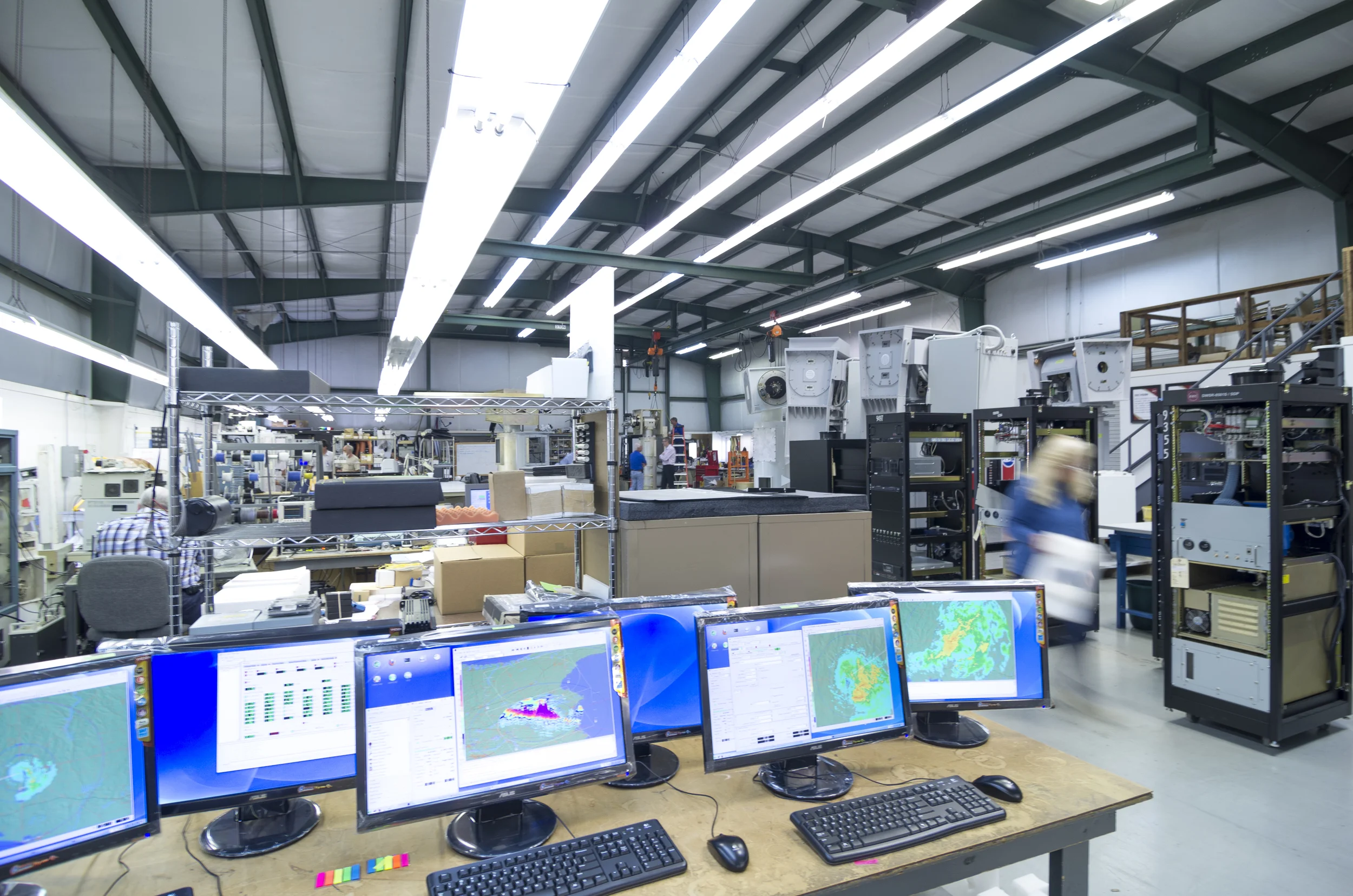The Earth has an energy budget which is regulated by a multitude of factors. Earth’s major source of energy is radiation from the sun. Different latitudes receive different amounts of radiation - this energy gets distributed across the globe and redirected into space to keep an energy balance. However, not all sunlight reaches the Earth’s surface as some of this radiation is reflected into space. The balance between incoming and outgoing radiation is called the global heat budget.
Albedo – what is it?
Albedo is a measurement of reflectivity – it is determined by how much light is reflected or absorbed by a surface or material. Lighter objects or surfaces reflect a larger amount of radiation resulting in a high albedo, and darker objects absorb more radiation and reflect less light, resulting in a low albedo. This is why black cars are much hotter on a steamy summer’s day!!
Figure 1. 100% incoming radiation to a surface of high albedo (light surface) resulting in 80% reflection (left). 100% incoming radiation to a surface of low albedo (dark surface) resulting in only 10% reflection due to 90% absorption of light
Examples of the Albedo Effect
As mentioned above, the amount of energy absorbed or reflected by a surface is dependent on the albedo of that surface or material. Examples of surfaces with high albedo include ice and snow, and surfaces with low albedo are forests or soil.
Table 1. Examples of surfaces and their albedo levels
How does albedo impact us?
Albedo is a powerful driver of the climate – we can see this impact through global warming. Increasing temperatures on our planet are seeing a reduction of polar ice in the north and south continents. Melting ice means that less incoming solar radiation is reflected back to space and hence absorbed by the Earth, hence resulting in increased temperatures. These increased temperatures then cause more ice to melt, and therefore less radiation to be reflected and so on. This phenomenon is recognised as the ice-albedo feedback. This is a strong positive climate feedback meaning the original forcing factor effect is amplified (in this case ice melting enhances warming).
An opposite example displaying local climate cooling would be the reduction of forests. As shown in Table 1, forests have a lower albedo compared to surfaces such as soil and grass. This means that reflectivity from the ground would be higher than that of the trees (increasing the albedo), causing less radiation to be absorbed.
Nature surfaces are not the only players in albedo – materials such as concrete, bricks etc are also reflectors! Urban cities are actually warmer than surrounding suburban areas due to what is know as the “Urban Heat Island Effect.” Urban heat can be attributed to a variety of factors such as denser infrastructure (concrete paths, brick buildings, asphalt roads) that absorb more radiation due to their lower albedo, reduced vegetation and higher population. This has a particularly detrimental affect during summer months as summer nights tend to remain consistently warm due to the heat trapped in infrastructure which can expose vulnerable people in these cities to a higher risk for heat-related illnesses.
Figure 2. Urban heat island effect on surface day and night-time temperatures (REF: https://www.usgs.gov/media/images/urban-heat-islands)
Products
Our pyranometers and pyrheliometers measure global solar radiation and direct solar irradiance (respectively) – check out our products on our website for more information!







